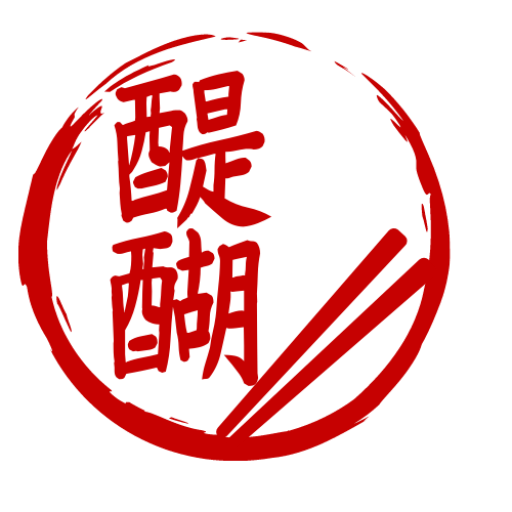If I had to describe the typical Japanese meal to a friend that has never been to Japan, I would sum it up by saying it is a balanced meal, based on the concept of ichiju sansai 一汁三菜: “one soup, three dishes.”
Although many instantly associate Japanese cuisine with sushi and ramen, Japanese culinary culture is so much more. With hundreds of years of history, Japanese cuisine covers everything from vegetarian cuisine (shojin ryōri 精進料理) to formal, multi-course meals (kaiseki ryōri 会席料理) to specialty cuisine (senmon ryōri 専門料理). And yet, in my opinion, ichiju sansai is the meal that represents the most Japanese cuisine.
Let’s discover more about this very fundamental concept!
Development of the ichiju sansai concept.
Ichiju sansai, meaning “one soup, three dishes”, describes the quintessential Japanese meal. As the name implies, this meal consists of soup, called shiru 汁 in Japanese, three side dishes, or okazu おかず, a bowl of steamed rice, gohan ご飯, and pickles, or tsukemono 漬物.
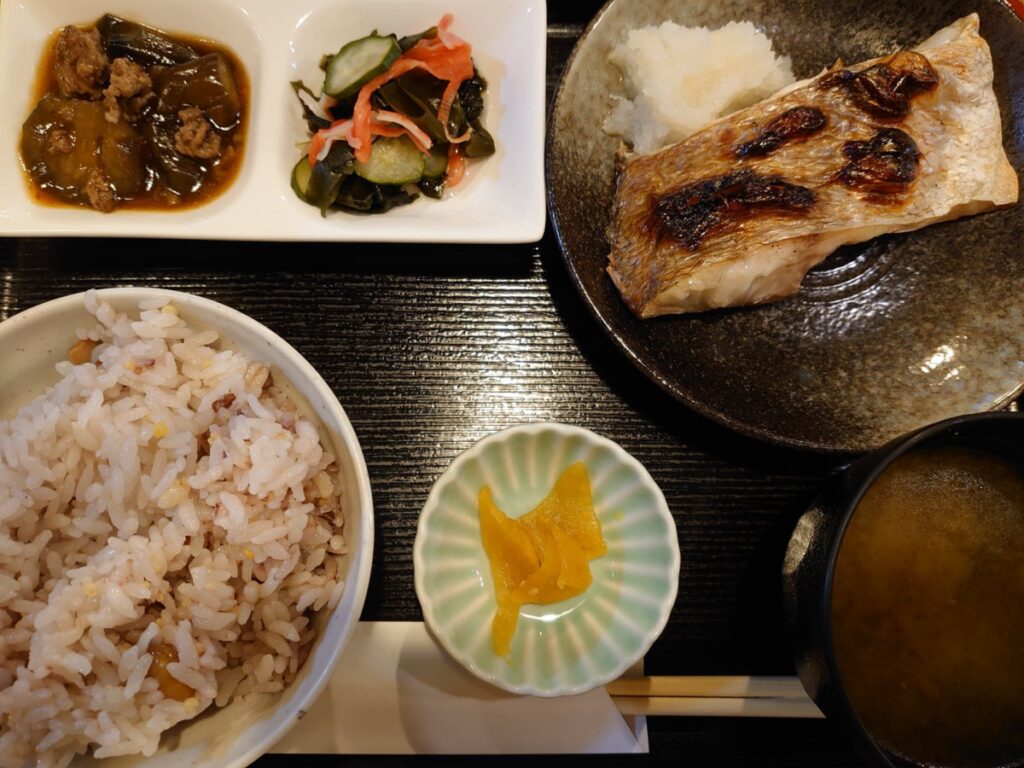
This basic meal arrangement originates from honzen ryōri 本膳料理, a kind of ceremonial cuisine dating back to what is known as the Muromachi period of Japanese history, spanning from the 14th to 16th Century.
Honzen ryōri comprised several dishes of mostly fish and vegetables, as meat consumption was typically shunned in the Japanese Middle Ages. Those dishes were served on legged trays known as oshiki 折敷, and their number varied according to the occasion’s importance and the host’s wealth.
What could never be missing, though, were rice, soup, and pickles (the latter also known as kōnomono 香の物). The current ichiju sansai meal derives from an abbreviated form of honzen ryōri.
The influence of honzen ryōri, with its multiple side dishes, can also be seen in an alternative version of the basic ichiju sansai formula, called ichiju gosai 一汁五菜 (one soup, five side dishes) and also in modern Japanese formal cuisine – kaiseki ryōri, a multi-course meal in which dishes are brought to the table in a precise order; with rice, soup, and pickles being served just before dessert.
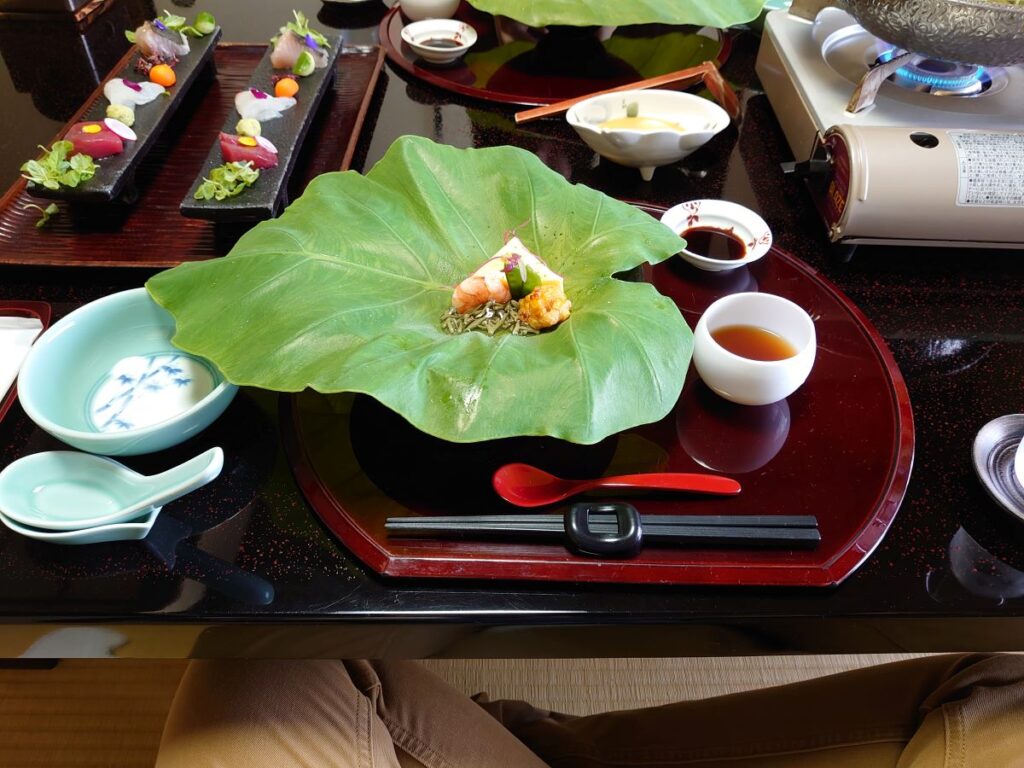
Other than the richer ichiju gosai and kaiseki styles, there are also more frugal arrangements called ichiju issai 一汁一菜and ichiju nisai 一汁二菜, where the number of side dishes is reduced to one and two respectively.
However, ichiju sansai remains the most common pattern in home cooking and casual restaurants, forming the basis of teishoku 定食. Teishoku is a set meal, usually available at lunch hours, composed of rice, soup, pickles, and side dishes made from what was best at the market that day.
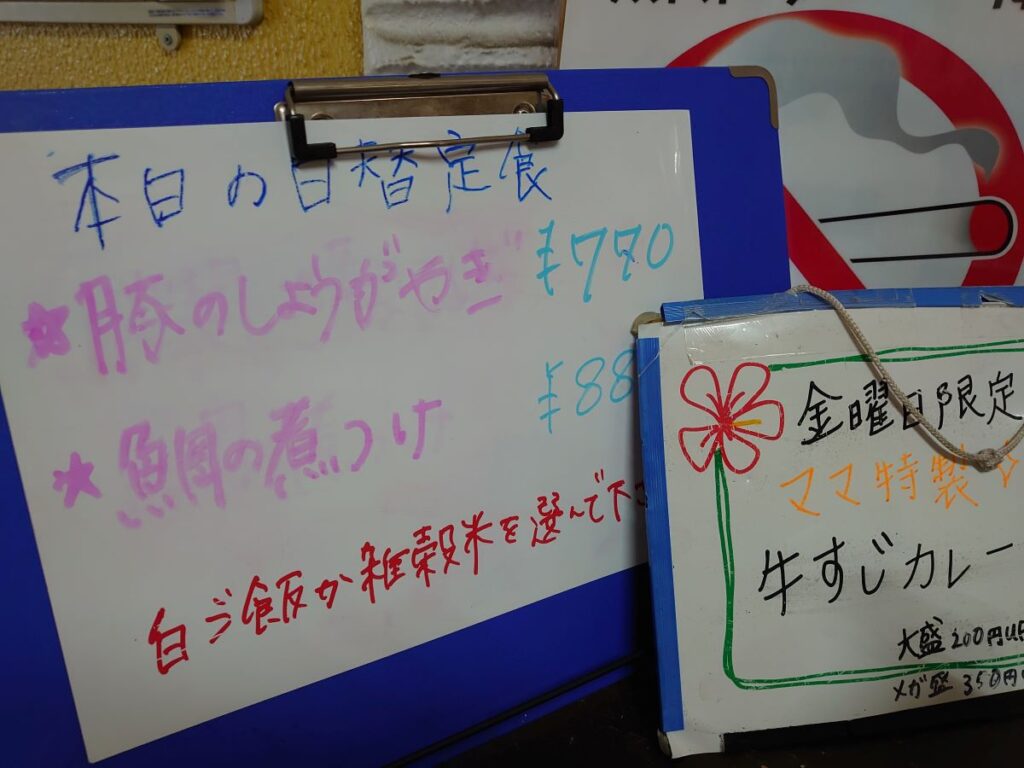
A balanced, nutritious, and variegated meal
What I like most about ichiju sansai is that it is a well-balanced meal and allows to enjoy different foods. While rice, soup, and pickles will always be present in this kind of meal, they, too, come in various options. Let’s see more in detail the role of each element forming ichiju sansai, together with some dishes that may fill that role.
Shushoku 主食 – “main dish”. Provides energy.
In traditional Japanese cuisine, the main dish has always been rice, the staple food of Japan and most of East Asia. White, steamed rice is the most common nowadays, although brown rice is making a comeback as a healthier option. Since the rice is plain, it’s eaten in turns with pickles and side dishes to give it flavor. Other than white or brown rice, takikomi gohan 炊き込みご飯 – rice pressure cooked with seasonal ingredients – and zakkokumai 雑穀米 – multigrain rice – are other options that can fill this role.
Shiru 汁 – “soup.” Supplies vegetable proteins.
Other than helping wash food down, soup is another source of vegetable proteins in the meal. Although it doesn’t necessarily have to be so, the soup generally associated with ichiju sansai is miso soup; miso is a paste made from soybeans with a high protein content. With multiple kinds of miso available, and an infinite list of ingredients that can be combined in the soup, miso shiru 味噌汁 – the Japanese name of miso soup – doesn’t have to be the same at every meal.
Tsukemono 漬物 – “pickles.” Provide vitamins and promote appetite.
Tsukemono, or kōnomono, are pickled vegetables. Given the wide range of vegetables that are commonly pickled in Japanese cuisine and the fact that there are multiple methods of pickling -making use of salt, vinegar, soy sauce, rice bran, miso, and sake lees, among others- here too, there is a wide variety of choices. Tsukemono helps clean the palate, promote appetite, and provide vitamins.
Fukushoku 副食 – “side dishes.” Supply additional proteins, vitamins, minerals, and dietary fibers.
The side dishes can be divided into two main categories: shusai 主菜 and fukusai 副菜. Shusai is the “main side,” fish or meat prepared in various ways (grilled, simmered, fried..), which provide animal proteins. Fukusai is the “secondary side,” mainly vegetables or dishes featuring tubers and seaweeds. They offer necessary dietary fibers as well as minerals and vitamins.
Sample menu and the limitless combinations of Ichiju sansai
To summarize the article, here is an example of a balanced meal that follows ichiju sansai principles.
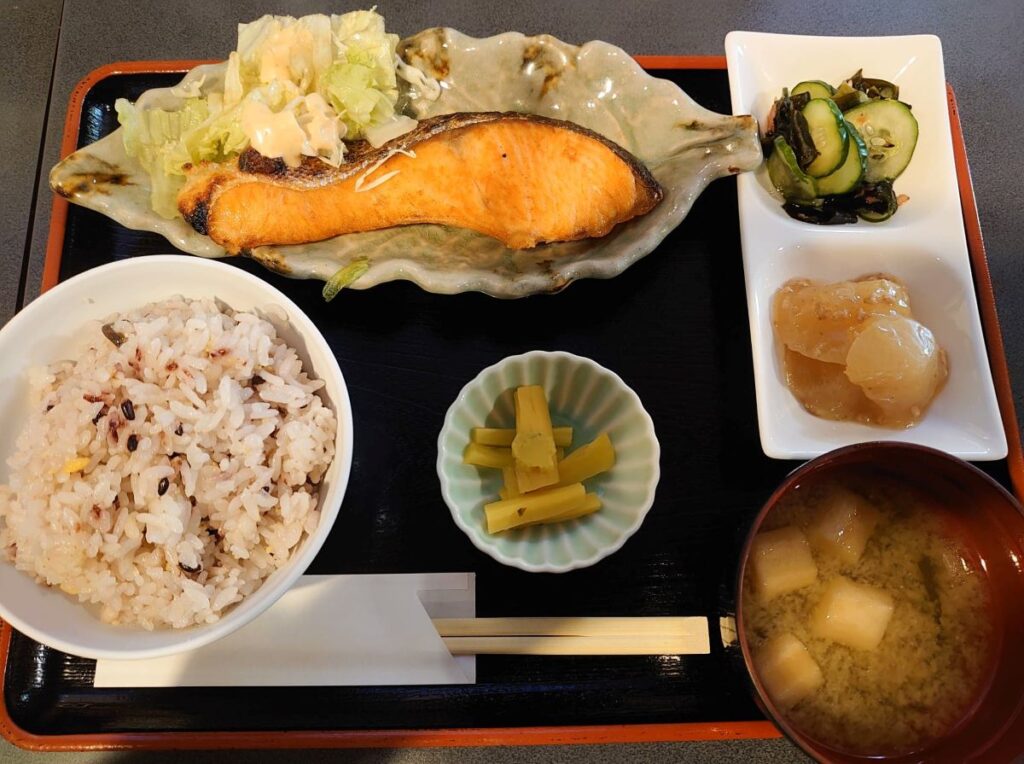
Main dish: grilled salmon – called yakisake 焼き鮭 in Japanese. A grilled, salted chunk of salmon with its skin on.
Side dish one: sunomono 酢の物. Cucumber and hijiki ひじき seaweed in vinegar.
Side dish two: Boiled daikon radish with minced meat.
Rice: zakkokumai multigrain rice.
Pickles: takuan 沢庵. Daikon radish pickled in salt and a mixture of rice bran and herbs or spices.
Soup: miso soup with fried tofu and wakame 若布 seaweed.
The one above is only one example of an ichiju sansai meal that could be served in an informal restaurant or cooked at home. It is easy to tweak a menu: for example, choosing ingredients according to the season – food’s seasonality is another crucial concept in Japanese cuisine. Check out my article about sanma, a fish that’s the perfect case study of the importance of seasonality in Japanese cuisine.
Also, once the basic “one soup, three dishes” is followed (and also here, one could increase or decrease the number of sides), there aren’t many rigid rules on the way of cooking or the ingredients that need to be featured in a dish. Although it’s common to have animal products as the primary side dish, Japan has a long history of vegetarian cuisine, so it’s perfectly possible to make a completely vegetarian meal following the ichiju sansai pattern too!
With its elegantly simple yet versatile pattern, ichiju sansai is the perfect way to create balanced meals without becoming boring!
Post updated on March 5th, 2023
